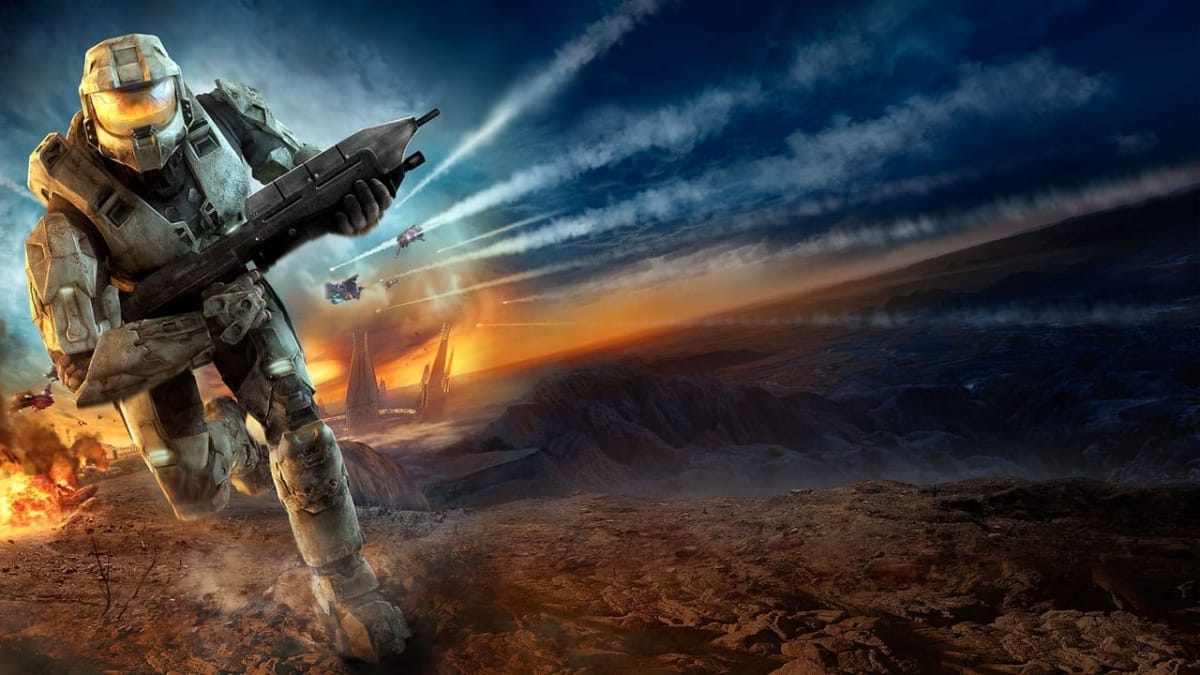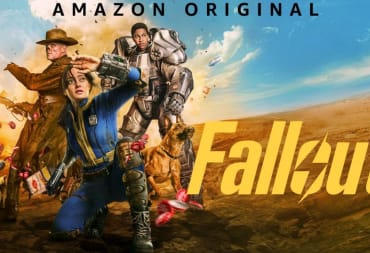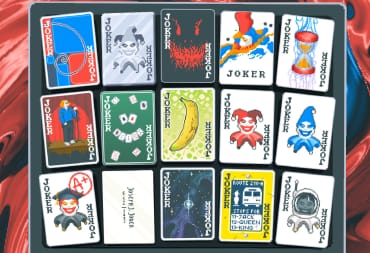For almost two decades, Bungie dominated headlines and living rooms around the world with some of the most critically (and financially) acclaimed sci-fi First Person Shooters in the history of video games, setting new standards for both the genre and the video game market itself. Of course, Rome was not built in a day, nor did it just appear out of nowhere, and neither did Bungie.
As you could probably expect, the early days of Bungie weren't exactly glamorous; you could easily sum up the founding of Bungie by saying that a couple of University of Chicago college students (Jason Jones and Alex Seropian) got together in 1991 and just decided to start making games. Fortunately for them, they didn't have to deal with the rigors of working from a closet or garage, although there was the relatively small matter of there being a crack house right behind the building they were working from.
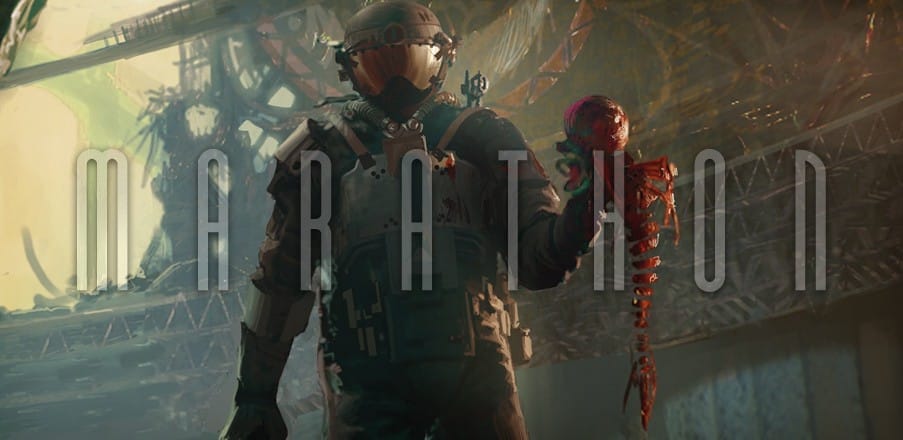
Despite all of problems associated with being a brand new game development company that only had a handful of employees, Bungie developed and released Pathways into Darkness for the Mac in 1993, which, according to Bungie's "O Brave New World" ViDoc, was the company's first successful game that made a profit. Shortly afterwards, on December 21, 1994, Marathon was released on the Mac, propelling the fledgling company into the limelight. In addition to being a relatively huge success for the company, it introduced the concept of being able to use your mouse to look around (in other words, being able to look up and down) in FPS games, as well as demonstrating the importance of having a good story to support good gameplay (and vice versa). A sequel, Marathon 2: Durandal, was released on November 24, 1995, marking the first time that cooperative multiplayer appeared in a Bungie game. Needless to say, the third and final entry in the Marathon series, Marathon Infinity (which celebrated its 20th anniversary back on the 15th), was released on the following year.
Now that Bungie had conquered FPSs (for the time being), it was time for the company to shift their gaze to another genre: Real Time Strategy games. This prompted the development and release of Myth: The Fallen Lords for both the PC and Mac on November 25, 1997, introducing one of the most unique gameplay features to ever make an appearance in an RTS: the fact that your units could (and often would) hurt each other. At this point, Bungie became so successful that a California-based branch of the company, dubbed Bungie West, was established. While this branch of Bungie would prove to be relatively obscure, they did end up developing Oni, a fairly average third person shooter that was released for PC, Mac, and PS2 in 2001.
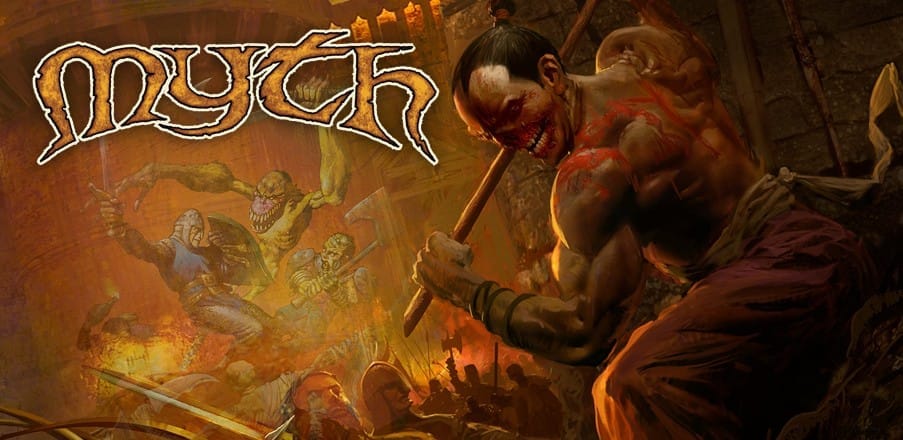
All good things must come to an end, however, and that end seemingly came in an unexpected form with the release of Myth II: Soulblighter. Aside from having a delay in development, the game featured a very serious bug: essentially, if you uninstalled the game, then the game pretty much decided to uninstall your entire hard drive. According to Bungie's iconic (and former) composer, Marty O'Donnell, in the "O Brave New World" ViDoc, this bug affected some half a million copies of the game. It was (quite literally) the "million dollar mistake" that could have doomed the company, although if there was a silver lining in the whole situation, then it would have been Bungie's response to the catastrophe. Rather than keeping quiet about the bug and silently patching it later on, they recalled and destroyed every copy of the game (on release day no less) and repackaged (by hand) the updated copies of the game so that it could be released on store shelves two days later on December 30, 1998.
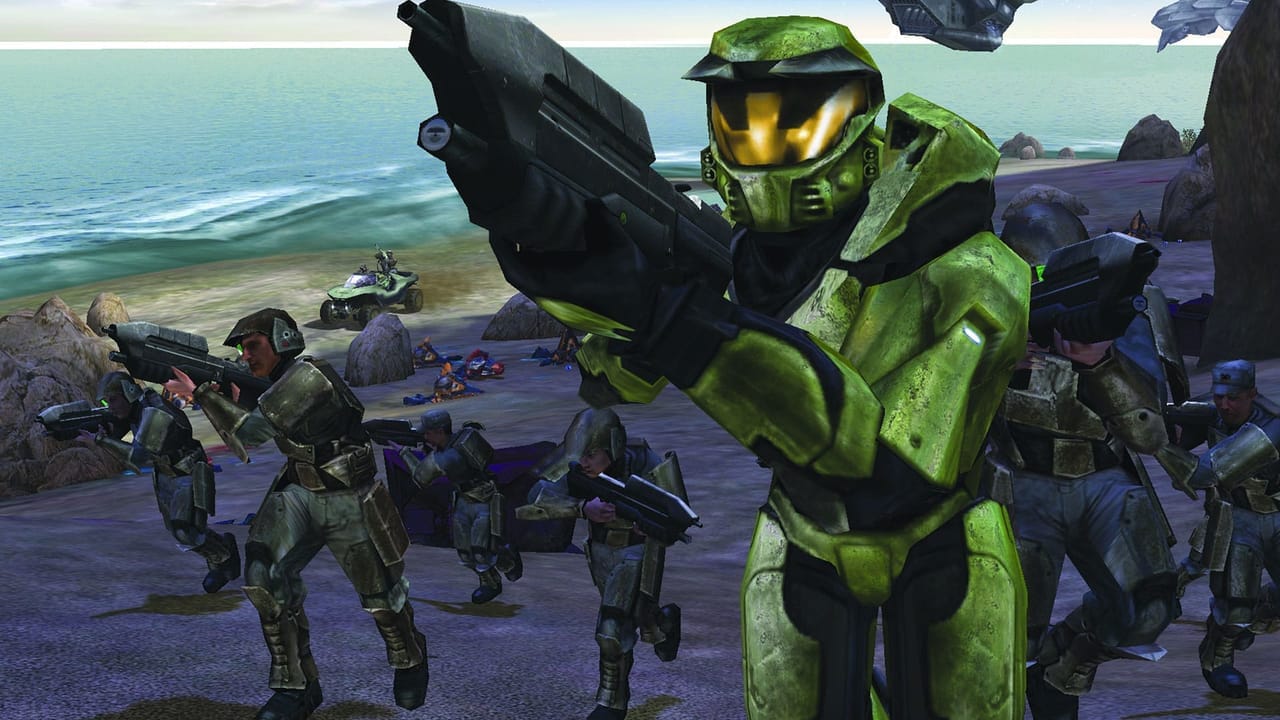
Despite such a massive blow to the company, Bungie was determined to move forward and announced the development of Halo in 1999. Originally envisioned as a sci-fi RTS for the PC and Mac, Halo slowly morphed into becoming a third person shooter before Bungie was acquired by Microsoft. Of course, the rest after that is modern history, with Halo becoming the Xbox's flagship franchise and Bungie eventually entering a contract with Activision to develop Destiny. It would be hard to predict what the future of the much esteemed company may hold, but one thing is for certain: whatever happens next is bound to send shockwaves throughout the gaming world.
Have a tip, or want to point out something we missed? Leave a Comment or e-mail us at tips@techraptor.net
